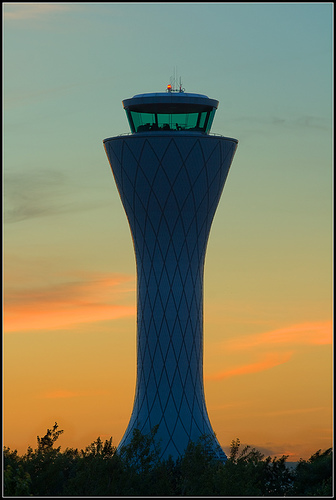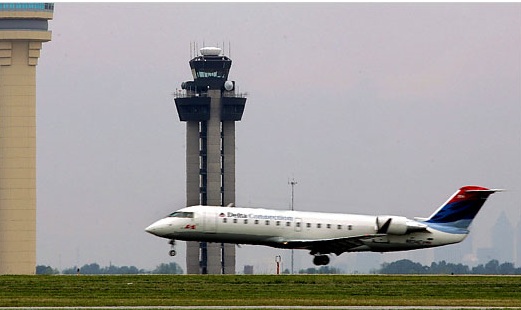

Air traffic control (ATC) is the direction of aircraft both on the ground and in the air; this is a service provided by ground-based controllers. ATC has several key roles in aviation: to provide separation between aircraft, preventing collisions, to organize the flow of air traffic, and to provide pilots with information on weather and navigation when they are able.
Air
Traffic Control: A Brief History
In 1926, the United States passed the Air Commerce Act which authorized the Department of Commerce to establish air traffic rules to facilitate navigation, protection and identification; this legislation also established rules governing safe altitudes of flight and prevention of collisions between vessels and aircraft. Though the first sets of rules were extremely basic, they evolved with the passage of time and increase in traffic.
The first form of air traffic control was based on visual signals and utilized flagmen who would stand on the airfield waving flags as a form of communication with the pilots. As technology in aviation grew, aircraft began to be fitted for radio communications and radio control towers began to replace the flagmen. In 1930 the first radio tower began operations and by 1935, twenty such towers were in operation in the United States.
Because air traffic continued to increase, indicating a need for expanded ATC presence, the very first Airway Traffic Control Center opened in Newark, NJ in 1935 followed by similar centers in Chicago and Cleveland in 1936. These centers controlled traffic between the three cities rather than just in the airspace around their airports.
In the early years of ATC, the position of aircraft was monitored using simple maps and blackboards as well as weighted pawns. The towers had no actual radio contact with the aircraft and instead kept track of them via contact with airline dispatchers, airport traffic controllers and airway radio operators.
In 1936 the United States government stepped in, taking responsibility of en-route ATC, appropriating $175,000 to the cause. In 1941 governmental role increased with further appropriations for the creation of the Civil Aeronautics Administration (CAA). The mission of the CAA was to construct and manage and operate ATC towers; such towers number 115 by the year 1944.
Following WWII, radar was introduced into ATC, forever changing how controllers monitored traffic. Radar was a new system which utilized radio waves to detect distant objects; it allowed controllers to track aircraft visually on special displays. By 1952, the CAA had begun routine use of radar equipment for both approach and departure control and in 1956 it had made arrangements to acquire long-range radars for en-route control.
In the 1960s the Federal Aviation Administration (FAA) introduced transponders, a beacon carried by aircraft which improved radar performance. In this period, the FAA also made it a requirement that pilots fly using their instruments regardless of weather conditions and maintain contact with air traffic controllers. The agency also standardized aircraft instrument settings and navigation checkpoints; all of these changes enabled controllers to reduce the separation between aircraft by half the standard distance.
Between 1965 and 1970, complex computer systems were put into place to replace plastic markers which had previously tracked aircraft thus automating complex tasks and allowing controllers to focus on providing separation. In 1970, the FAA then established a Central Flow Control Facility designed to prevent congestion from disrupting traffic flow.
Between 1988 and 1999, work was underway to develop an Advanced Automation System to provide en-route controllers with new workstations incorporating advanced display, communications and processing capabilities. Though several contractors were used, the system was finally launched in 1999.
The concept of Free Flight was introduced in 1994 as a system to allow pilots to use onboard instruments and electronics to maintain separation and reduce reliance on ground control. This new technology would require use of GPS and be implemented in 1998.
Currently, tests are underway to provide pilots with new and improved cockpit displays which will combine information on traffic, weather,